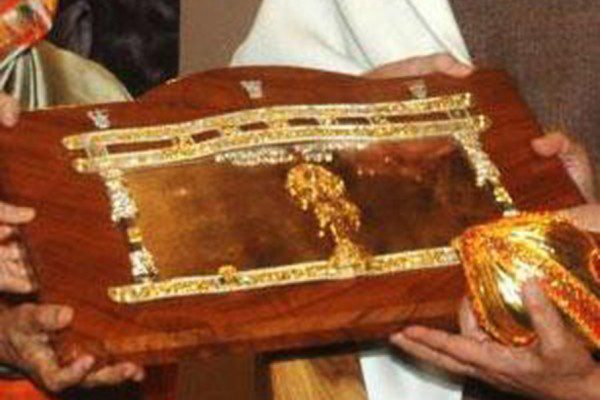Tired of the heavy duty exit polls and high decibel election debates? Get a Mathematician’s perspective on the election results! By Marcus du Sautoy.
India has just completed the biggest voting event in the world. Over the last six weeks 551 million people have gone to the polls asserting their democratic right to say who will lead their country. But is democracy all its cracked up to be? How do you translate the wishes of 551 million people into a decision about who will run the country? If it was just a choice between the BJP and the Congress Party then it seems a fair system to let the party with the most votes rule the country. You might have cast your vote for the Congress Party but you can’t really complain about the outcome if the majority of voters chose the BJP. But Indian politics isn’t simply a choice between two parties. And as soon as there are more than two parties to choose from,devising a fair voting system turns out to be a lot harder than one might imagine.
Suppose there were just three parties to choose from: the AAP, the BJP and the Congress party. Very conveniently we can call these choices A, B and C. To make the numbers simpler, suppose 540 million voters turned out and were asked to rank the parties in order of preference.
150 million preferred A to B and B to C.
210 million preferred B to C and C to A
180 million preferred C to A and A to B.
At first sight you might say that party B got the most first votes so should be elected. But then the other 180+150 million voters object. A total of 330 million voters would frankly have preferred party A over party B. But try to convince the nation that party deserves to rule and there is uproar again. 210+180million voters would have preferred party C to party A. So perhaps it looks like party C should get to rule the country. Once again a majority, 210+150 million voters, would rather see B elected over C.
Perhaps you think you can come up with some clever scoring system to sort out this election. For example, suppose your system gives party B the most points. But if party C then drops out, you realise that party A should really win because that party clearly would have got most votes in a straight run off. If you change the system and somehow devise a score which results in A coming top then if B drops out, again you look silly because C has the most votes.The trouble is that however you try to score this election, if one of the candidates drops out you can find that really it was the other candidate who should have won.
And this isn’t just a hypothetical mathematical conundrum. Time and again voting systems around the world have thrown up anomalous results. In 1998 a former pro-wrestler became governor of Minnesota in America beating the Democrat and Republican candidates thanks to the voting system employed. The International Ice Skating Union were rather shocked in 1995 at the World Figure Skating championship when a skater who came in fourth had the effect of swapping the two skaters who were in the silver and bronze positions. How could someone coming in below these skaters have an effect on their ranking?
But none of those involved in these elections should be surprised. In 1950 a mathematician called Kenneth Arrow proved that no voting system can be devised that can satisfy a set of innocent looking criterion that you would hope for a fair voting system. In fact Arrow’s Theorem has the extraordinary consequence that whatever system you tried to devise, there will always be one voter who, by changing his or her preferences, can change the outcome of the election. Essentially this voter is given the status of dictator by the voting system. Fortunately, it is impossible in any practical setting to identify who the dictator is in any society voting.
Arrow was awarded the Nobel Prize for Economics in 1971 for his extraordinary discovery. He is the youngest person ever to receive the prize. Even though mathematics has revealed that democracy is fundamentally flawed as Winston Churchill once said, it’s still better than all the other forms of government we have tried.
Marcus du Sautoy is Simonyi Professor for the Public Understanding of Science and Professor of Mathematics at the University of Oxford and author of three books: The Music of the Primes, Finding Moonshine and The Number Mysteries.














